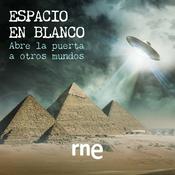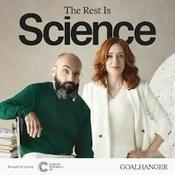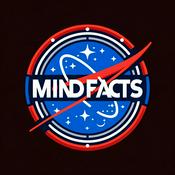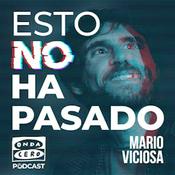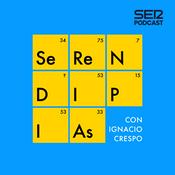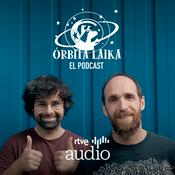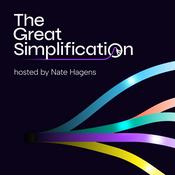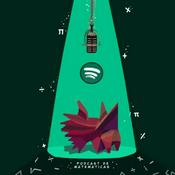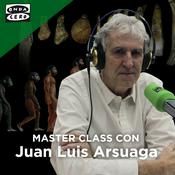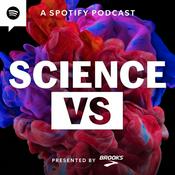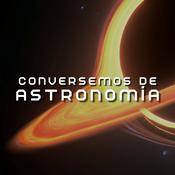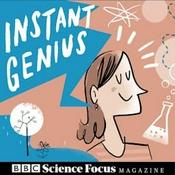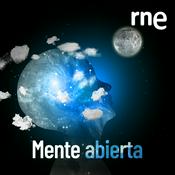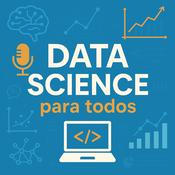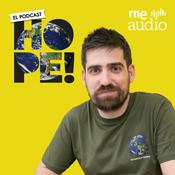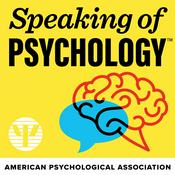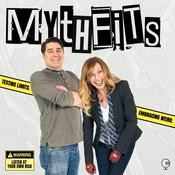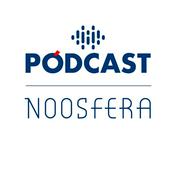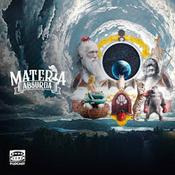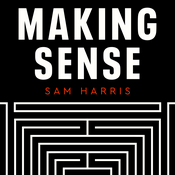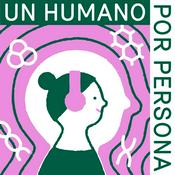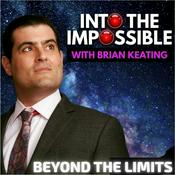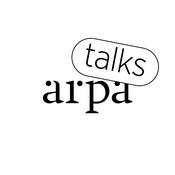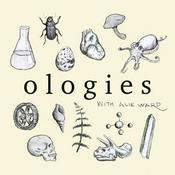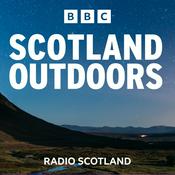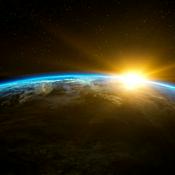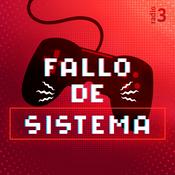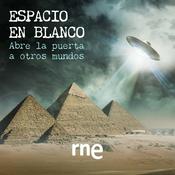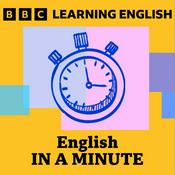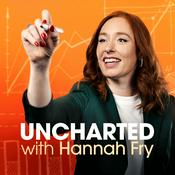473 episodios

The CrowdScience quiz of the year
26/12/2025 | 35 min
In 2025, the crack team of intrepid presenters here on CrowdScience have been on some incredible adventures. They’ve wondered whether water is wet, and gone a hunt for a missing tangerine. They’ve wondered why animals swallow rocks, imagined what would happen if the earth spun backwards and pondered whether atoms are immortal. But, as the year draws to a close, Anand Jagatia is wondering… have they REALLY been paying attention? Time to put them to the test! In this special programme, Anand gathers the other four presenters into a studio together – Caroline, Alex, Marnie and Chhavi, for an end-of-year quiz – and you can join in at home! Presenters: Anand Jagatia, Caroline Steel, Alex Lathbridge, Marnie Chesterton and Chhavi Sachdev Producer: Emily Knight Editor: Ben Motley(Photo: CrowdScience presenters in the studio with purple background Credit: BBC)

How do we adapt to the cold?
19/12/2025 | 26 min
When some people are wandering around in shorts and a t-shirt, others are wrapped up in warm coats and jumpers. How come our responses to cold weather are so different? People have been living in cold environments for thousands of years. So why do some of us struggle with the cold more than others, and what, if any, adaptations have our bodies made to cope in freezing temperatures? CrowdScience listener Anne from the UK is amazed by the warm houses of her neighbours, and wants to know whether her background might have affected her perspective on the cold. Caroline Steel investigates, visiting a laboratory in Loughborough University, UK, that pushes the body to the extreme. Dr Matt Maley explains what happens inside our systems to help us survive the plummeting thermostat and how this adaption can vary from person to person. But it’s not just biological. Our culture impacts our experience of cold too. CrowdScience heads to Norway to meet the global community on the icy Arctic island of Svalbard. There Caroline meets Associate Professor Gunhild Sætren at the Arctic Safety Centre to find out the important role appropriate clothing plays in being prepared for the chilly weather. And we speak to Dr Cara Ocobock at the University of Notre Dame, USA, who tells us about her research comparing Finnish reindeer herders and office workers reactions to cold temperatures. Presenter: Caroline Steel Producer: Hannah Fisher Editor: Ben Motley(Photo: Woman enjoying winter playing in fresh snow. Credit: Olga Pankova/Getty Images)

Can you play the guitar underwater?
12/12/2025 | 26 min
Smashing up guitars is a classic rock star activity, but how about drowning them? Seven-year-old listener Cornelius asked CrowdScience to find out what happens if you play a guitar underwater. Could this be the next avant-garde music sensation? Host and amateur musician Caroline Steel tackles Cornelius’ question with the help of one increasingly soggy guitar. The UK’s National Physical Laboratory is our first port of call, with a guitar-sized water tank at the ready, and acoustic scientists Dr Freya Malcher and Ben Ford helping tackle our questions. Since an acoustic guitar’s sound is amplified by its internal chamber, what happens as that chamber starts to fill with water? How about if the whole guitar - strings, body and all - is submerged? What difference does it make if our ears are listening above or below the water? And can special water-adapted microphones help us explore this unusual question, before our guitar disintegrates? Our guitar then heads off on tour to Denmark, where the band Between Music have teased out questions just like these for their underwater music project, Aquasonic. We talk to violinist and Innovative Director Robert Karlsson, and singer Nanna Bech, who also plays a unique subaquatic instrument. With their help, we discover how to get the best out of a submerged guitar, and find out whether other instruments are better suited to the life aquatic. Presenter: Caroline Steel Producers: Cathy Edwards and Florian Bohr Editor: Ben Motley (Photo: Caroline Steel and Nanna Bech in an Aquasonic aquarium playing a guitar)

Can we turn deserts green?
05/12/2025 | 33 min
Can we turn the world’s deserts green? CrowdScience listener Youcef is captivated by the idea of bringing water back to Earth’s driest landscapes. With sea levels rising and huge stretches of land drying out each year, he wonders whether redirecting seawater inland could offer a solution to both problems. Presenter Alex Lathbridge sets out to investigate starting with a kettle of salty water. Alex speaks to scientists about how deserts form, and how human actions like overgrazing can tip a fragile grassland into a barren landscape. He learns how the brightness of bare sand affects local weather, reducing cloud formation and rainfall. Researcher Yan Li reveals how huge solar and wind farms could darken and roughen the Sahara’s surface enough to double its rainfall, potentially kickstarting a self-reinforcing cycle of vegetation and moisture. But what about deserts where clouds already drift overhead? In the Atacama, one of the driest places on Earth, geographer Virginia Carter shows how fog harvesting nets can coax litres of fresh water from the air. Alex also investigates desalination, where professor Chris Sansom is trying to harness solar power to remove the salt from seawater without burning vast amounts of fossil fuels. It is promising, but can it reduce the impact of rising sea levels? And what do you do with all the salt that’s left over? Climate scientist Alan Condron proposes an even wilder idea: towing kilometre-sized icebergs from Antarctica to parched nations. His models show it might be possible, but the logistics verge on science fiction. Finally, plant scientist Zinnia Gonzalez Carranza warns that greening deserts isn’t just about adding water. Introducing new species, even hardy ones like mesquite, can trigger ecological chaos and harm the very communities who depend on these landscapes. Presenter: Alex Lathbridge Producer: Sam Baker Editor: Ben Motley (Photo: Palm trees growing in cracked, parched earth and the sun rising behind them. Credit: Danymages/Getty Images)

How big is a rainbow?
28/11/2025 | 29 min
When listener Sakura’s husband came home from his morning walk in Cambridgeshire, UK, he told her about a massive rainbow he’d seen. But when he showed her a picture, she didn’t think it was particularly large. So how big is a rainbow really? Are they always the same size? And if some are bigger than others, is there a limit? To find the answers, presenter Marnie Chesterton meets independent rainbow expert Philip Laven in a pitch-black studio to simulate how a rainbow is formed. He demonstrates how they are created by sunlight, reflecting and refracting in millions of little water droplets. But what does that mean for their size? Raymond Lee, retired professor from the US Naval academy, says that rainbows are not objects and don’t have a linear size, just a specific angular size that’s relative to the person seeing it. But Marnie doesn’t give up so easily – some rainbows still look bigger than others. In her journey to discover other ways to size up a rainbow, Marnie hears from Australian aerial photographer Colin Leonhardt who stunned the world with a beautiful picture. Next, assistant professor Ping Wah Li from The Chinese University of Hong Kong explains why it’s possible to come across more than one rainbow at a time. And finally, atmospheric scientist Harald Edens shares another way to consider size, as well as how much he struggles to explain the complexity of rainbows to his four-year old daughter. Presenter: Marnie Chesterton Producer: Florian Bohr Editor: Ben MotleyPhoto: Rainbow of Dreams - stock photo stock photo Credit: Laurent Fox via Getty Images)
Más podcasts de Ciencias
Podcasts a la moda de Ciencias
Acerca de CrowdScience
Escucha CrowdScience, Horizonte – Iker Jiménez y muchos más podcasts de todo el mundo con la aplicación de radio.es

Descarga la app gratuita: radio.es
- Añadir radios y podcasts a favoritos
- Transmisión por Wi-Fi y Bluetooth
- Carplay & Android Auto compatible
- Muchas otras funciones de la app
Descarga la app gratuita: radio.es
- Añadir radios y podcasts a favoritos
- Transmisión por Wi-Fi y Bluetooth
- Carplay & Android Auto compatible
- Muchas otras funciones de la app


CrowdScience
Descarga la app,
Escucha.

